Every shelf in your home tells a story that goes beyond functionality. The books, ceramics, artwork, keepsakes, and...
- There are no more items in your cart
- Shipping
- Total £0.00
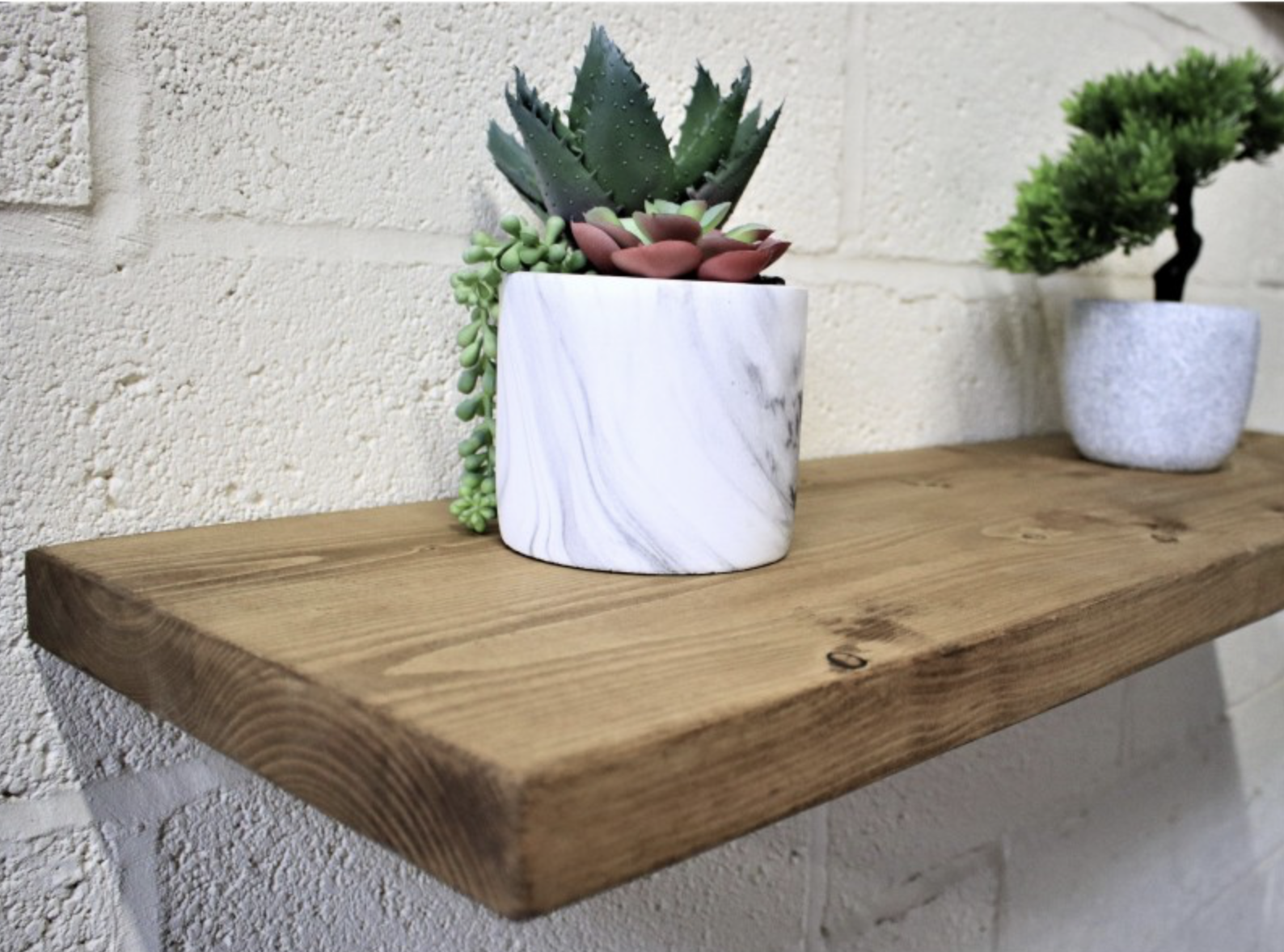
How to style meaningful displays in your home
Every shelf in your home tells a story that goes beyond functionality. The books, ceramics, artwork, keepsakes, and small personal treasures you choose to display form an intricate narrative that reveals who you are and what you value. Well-styled shelves can transform a room, adding warmth, personality, and depth while giving visitors a glimpse into your life. Shelves are not merely surfaces for storage; they are stages for your memories and expressions, turning walls into dynamic spaces that change with time and context. Whether you prefer natural wood floating shelves, bold bracketed designs, or sculptural live edge pieces, the items you display can define the atmosphere of your home and create a sense of intimacy and identity.
Table of contents
- Introduction
- Why shelves can hold more than objects
- The emotional connection to the things we display
- How to curate shelves that reflect your story
- The power of materials, textures, and contrast
- Creating flow, rhythm, and balance
- The role of negative space in storytelling
- How to refresh and evolve your display over time
- Final reflections
Why shelves can hold more than objects
Shelves are often underestimated in interior design. They are seen as practical additions rather than expressive elements. In reality, shelves have the ability to convey narrative, emotion, and aesthetic coherence. When curated intentionally, they provide a framework that communicates your personality, tastes, and experiences. A single shelf can function as a visual diary reflecting past travels, personal achievements, or aesthetic passions. By combining books, artwork, ceramics, plants, and meaningful memorabilia, you can create a display that is both functional and emotionally resonant. Shelves allow you to merge utility with storytelling, showing that beauty and purpose can coexist in the same space.
The emotional connection to the things we display
Objects carry memory and significance. A handmade vase, a framed photograph, a vintage record, or a small sculpture can evoke nostalgia, inspire creativity, or anchor a room in a comforting way. Unlike mass-produced décor that lacks personal meaning, curated shelves give your living spaces individuality and warmth. They allow you to communicate silently, sharing who you are with anyone who steps into your home. Emotional connection turns ordinary objects into treasures, transforming shelves from static surfaces into living, breathing parts of your interior that evolve as your experiences and priorities change.
How to curate shelves that reflect your story
Curating a shelf begins with intentionality. Start by selecting objects that resonate with your life, memories, or values. Limit the number of items so that each piece has space to shine and tell its story. Books serve as anchors, providing structure and balance while signaling interests or passions. Ceramics, candles, or small plants add texture, depth, and vitality to a display. Asymmetry often works better than rigid uniformity, allowing your shelves to feel dynamic and organic rather than staged. Think about layering items both physically and emotionally, placing background elements subtly behind statement pieces so the eye is drawn naturally across the shelf. Every object should have a reason for being there, and the collection as a whole should feel coherent yet personal.
The power of materials, textures, and contrast
Material choice significantly affects how a shelf communicates and integrates with its environment. Wood, especially natural or reclaimed types like oak, walnut, or pine, provides warmth and a sense of craftsmanship. Metal, glass, or stone introduces sleekness and modernity, creating contrast that makes each element more noticeable. Combining textures – smooth and rough, matte and glossy, organic and geometric – engages the eye and adds visual interest. Shelves are more than supports; they are part of the design composition. The interplay of materials and textures determines whether a shelf feels harmonious, vibrant, or dramatic. Even subtle variations in finish, tone, or surface can influence perception and elevate the emotional impact of your display.
Creating flow, rhythm, and balance
A well-styled shelf has movement and rhythm. Objects should be arranged so that the eye travels comfortably across the display. Use varying heights, sizes, and shapes to create visual layers that feel intentional rather than chaotic. Odd-numbered groupings, clusters of three or five, and alternating textures help achieve a natural sense of rhythm. Balance is crucial but does not require symmetry. Offset heavier elements with lighter or visually softer items to avoid monotony. Plants, cascading objects, or slightly tilted frames can add motion and organic energy. The goal is to create harmony where each piece enhances the next, making the shelf an immersive and inviting feature of the room.
The role of negative space in storytelling
Negative space is as important as the items you display. It provides breathing room, highlights key objects, and prevents the shelf from feeling cluttered. Empty areas allow the eye to rest, emphasizing the significance of each piece and giving the display a calm, sophisticated rhythm. Minimalism is not about owning fewer items but about making each one count. By thoughtfully leaving gaps and arranging objects with intention, you create contrast, focus, and a sense of visual narrative. Negative space ensures that your story is read clearly and appreciated fully, turning a collection of items into a cohesive display that feels curated yet effortless.
How to refresh and evolve your display over time
Shelves are living elements that should evolve with your life and seasons. Rotating items allows your display to remain dynamic and reflective of current interests or moods. Seasonal adjustments can enhance this effect – adding greenery and light ceramics in spring, lighter textures in summer, warmer tones in autumn, and cozy elements like candles or textiles in winter. Evolving displays keep your home feeling alive, preventing stagnation and keeping your story fresh. A small adjustment every few months can breathe new life into a room, transforming the shelf from a static storage space into a continually engaging visual narrative.
Final reflections
Shelves are more than functional furniture; they are storytellers, emotional anchors, and design tools that shape how we experience our living spaces. By curating objects that matter, layering textures and materials, leaving intentional negative space, and adapting displays over time, you can create shelves that are deeply personal, visually compelling, and emotionally resonant. A thoughtfully styled shelf is not just decoration – it is a reflection of your life, a canvas for your memories, and a living testament to the art of storytelling within your home. Whether you choose floating shelves, bracketed designs, or live edge wood pieces, the shelves you style with care can transform any room into a space that feels lived in, loved, and distinctly yours.

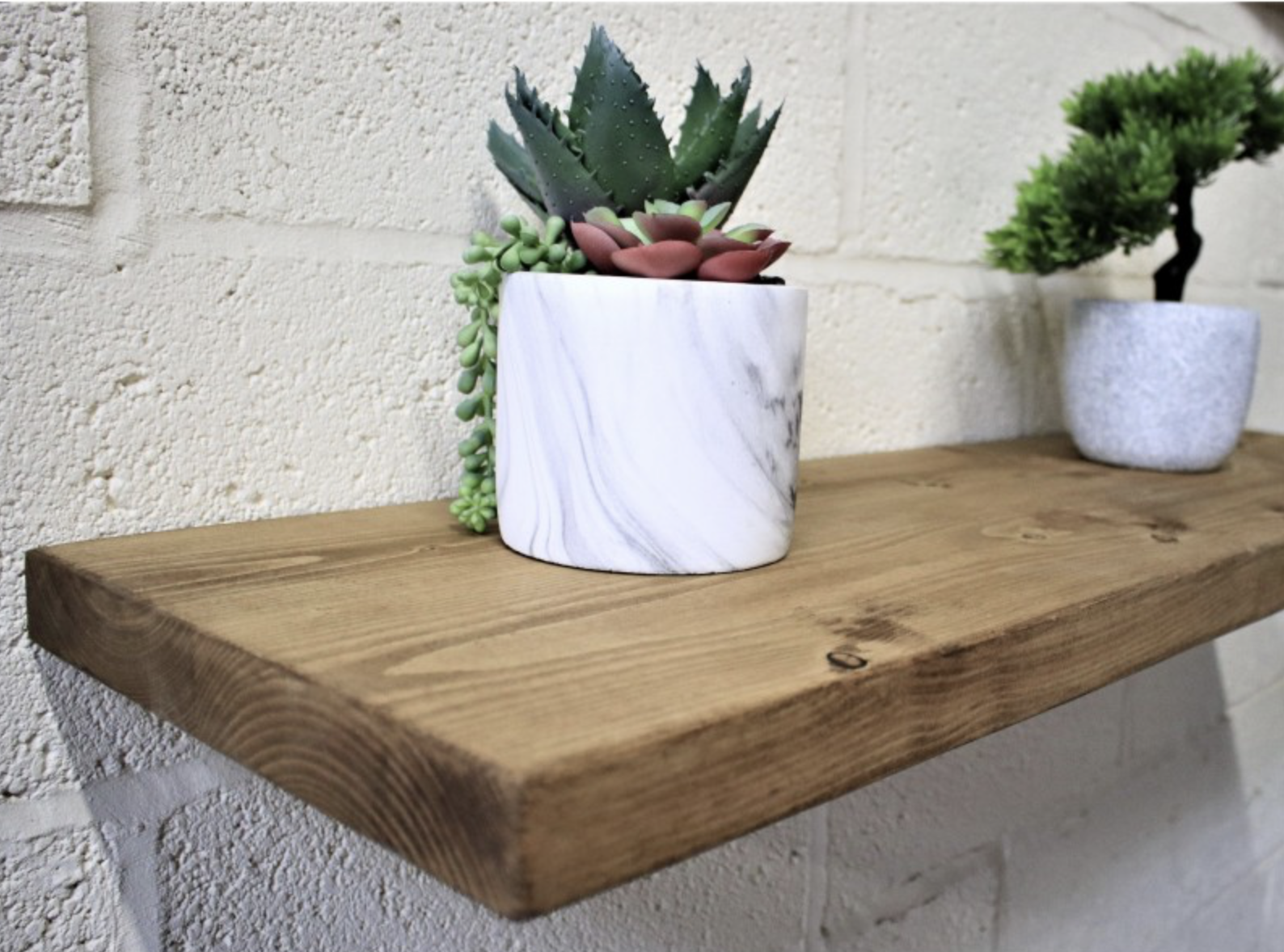
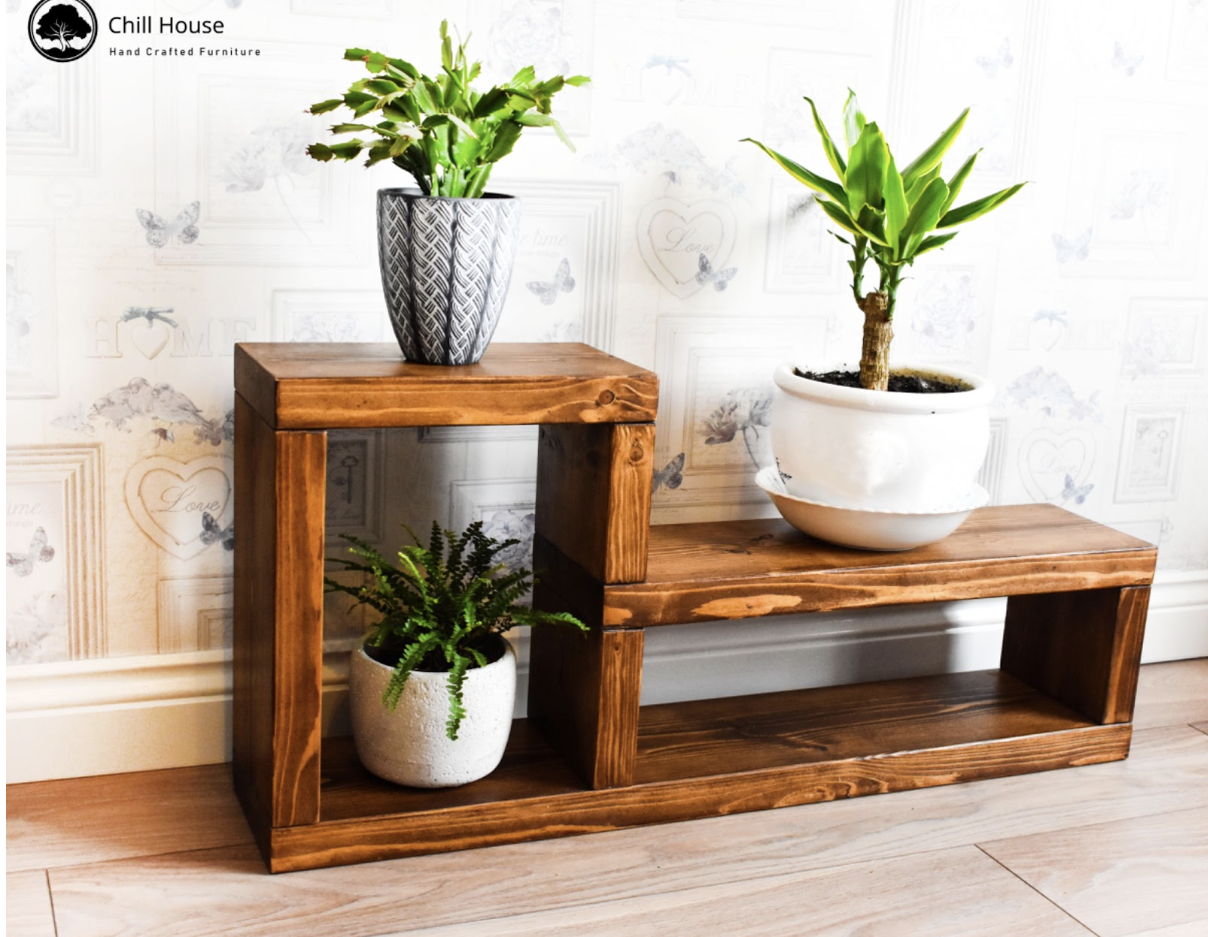
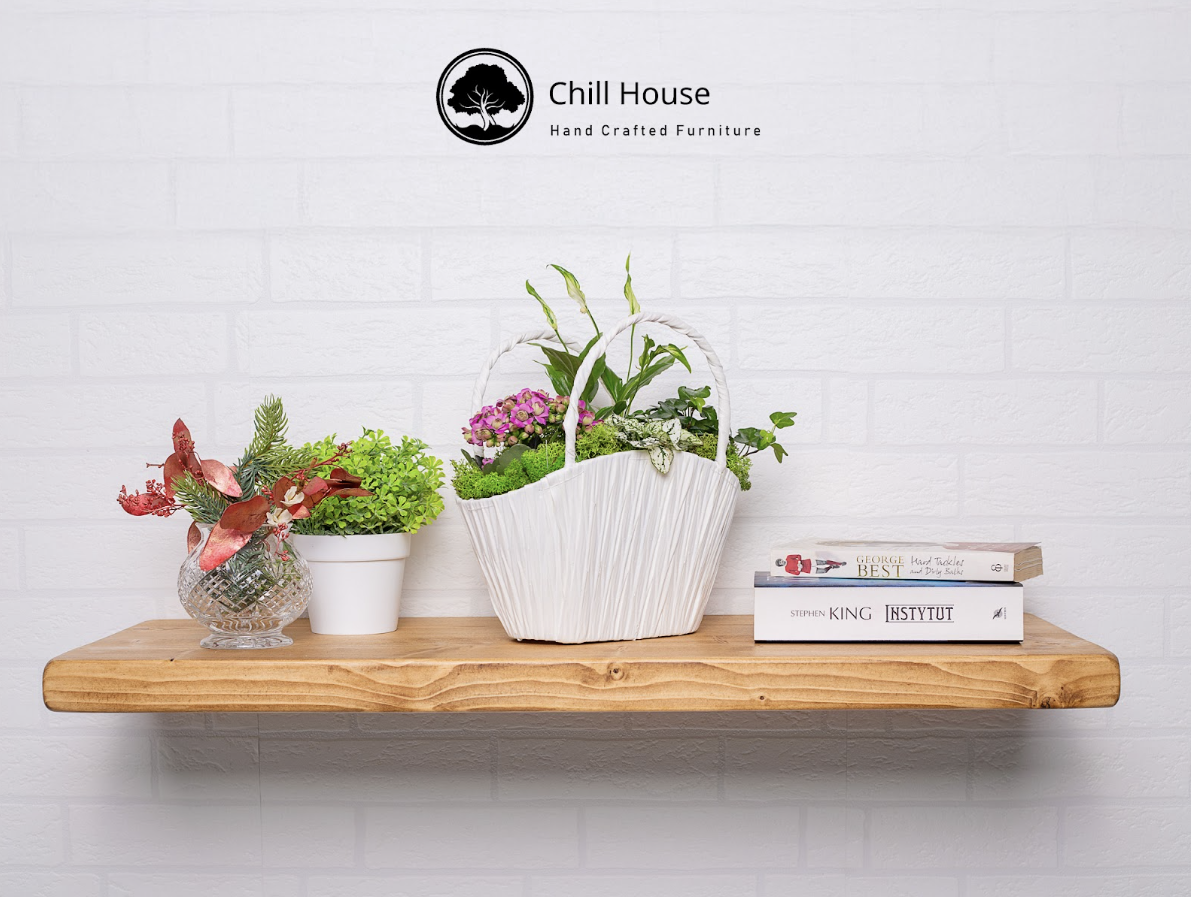


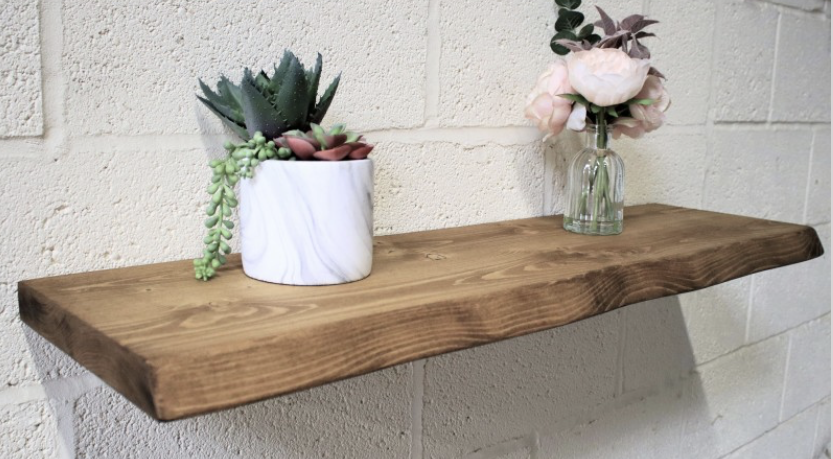
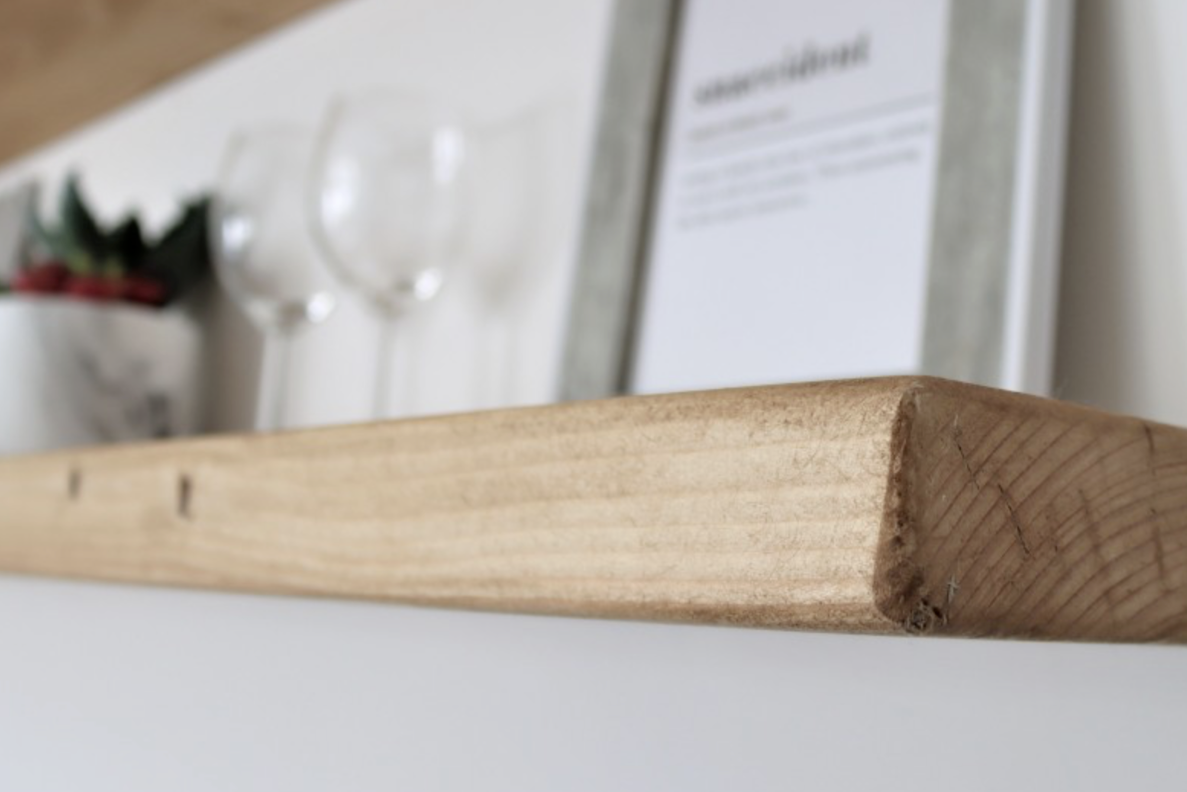
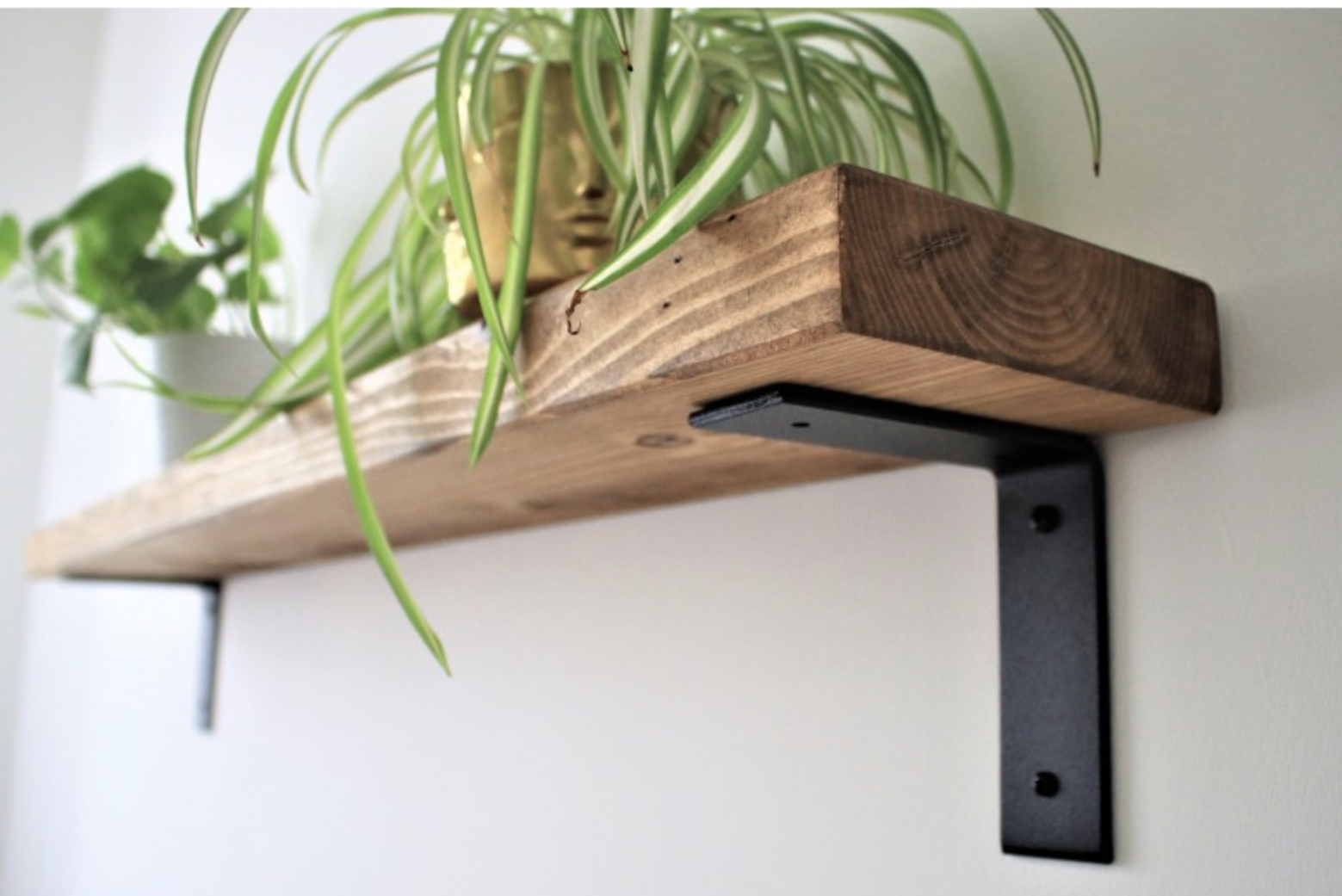
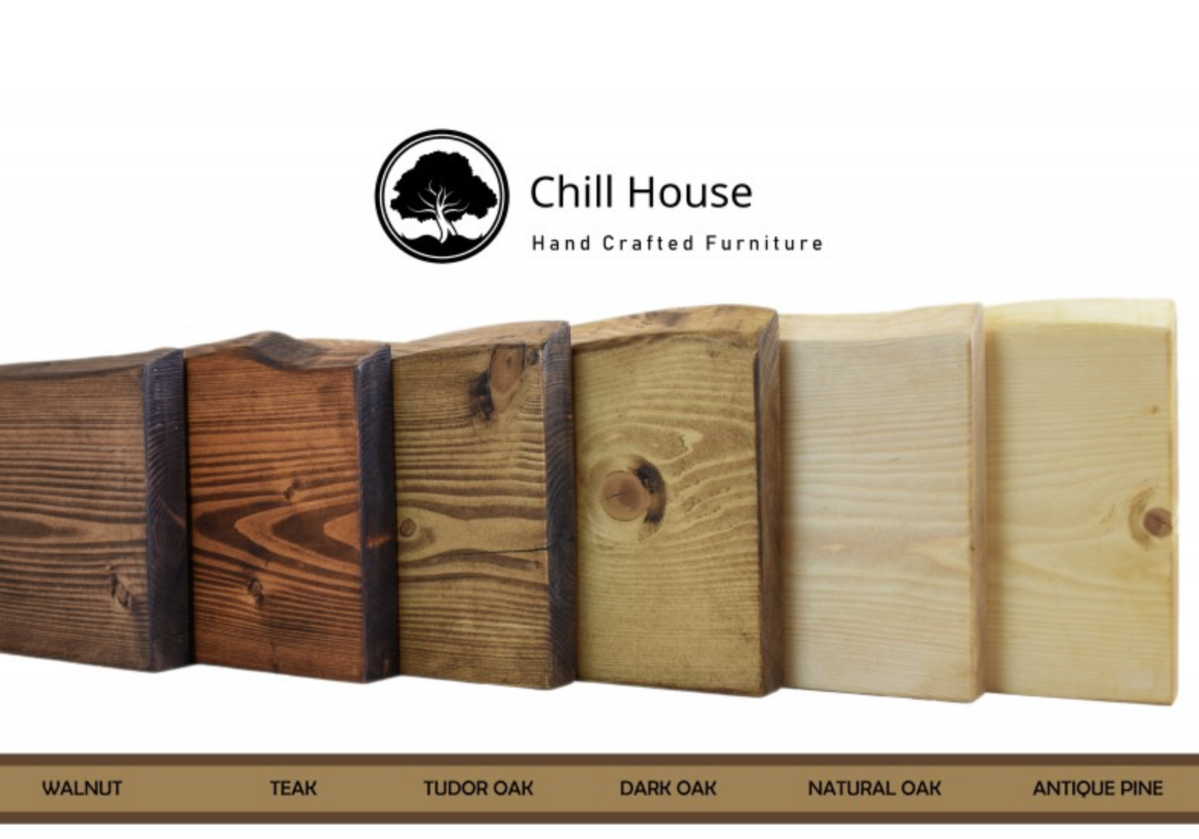
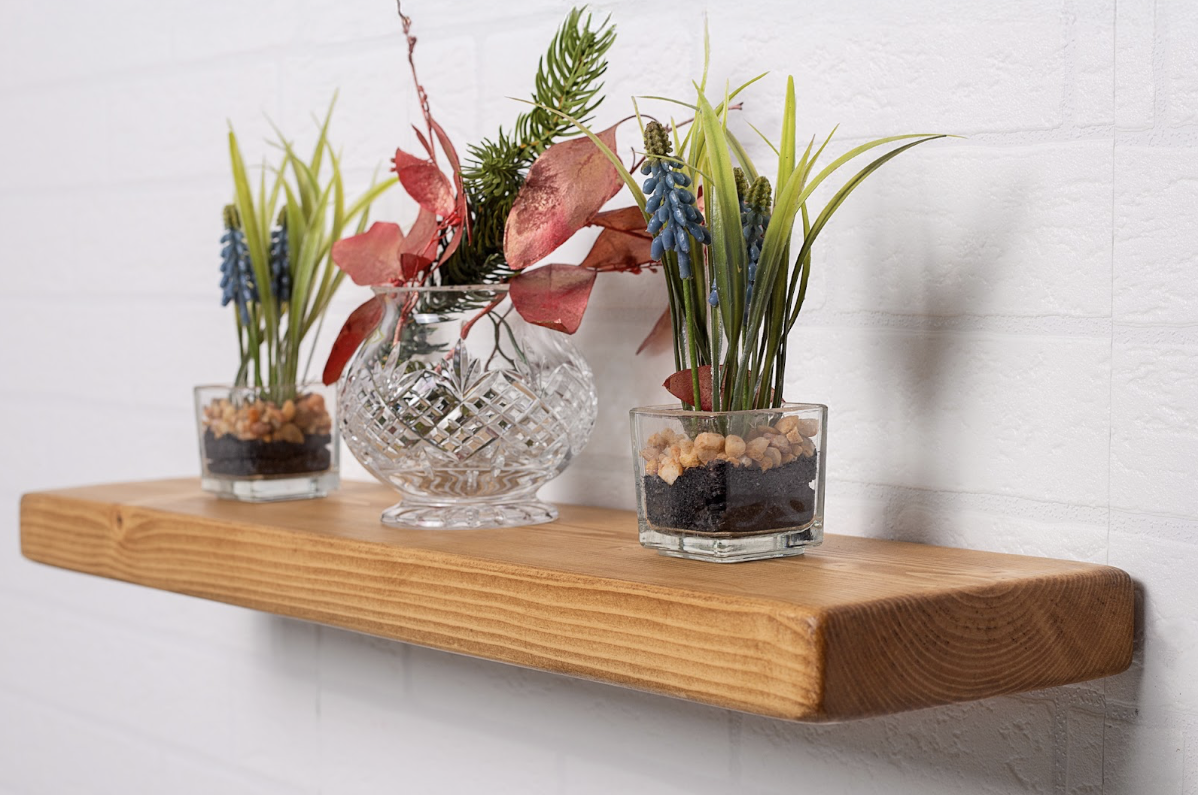





Leave a comment